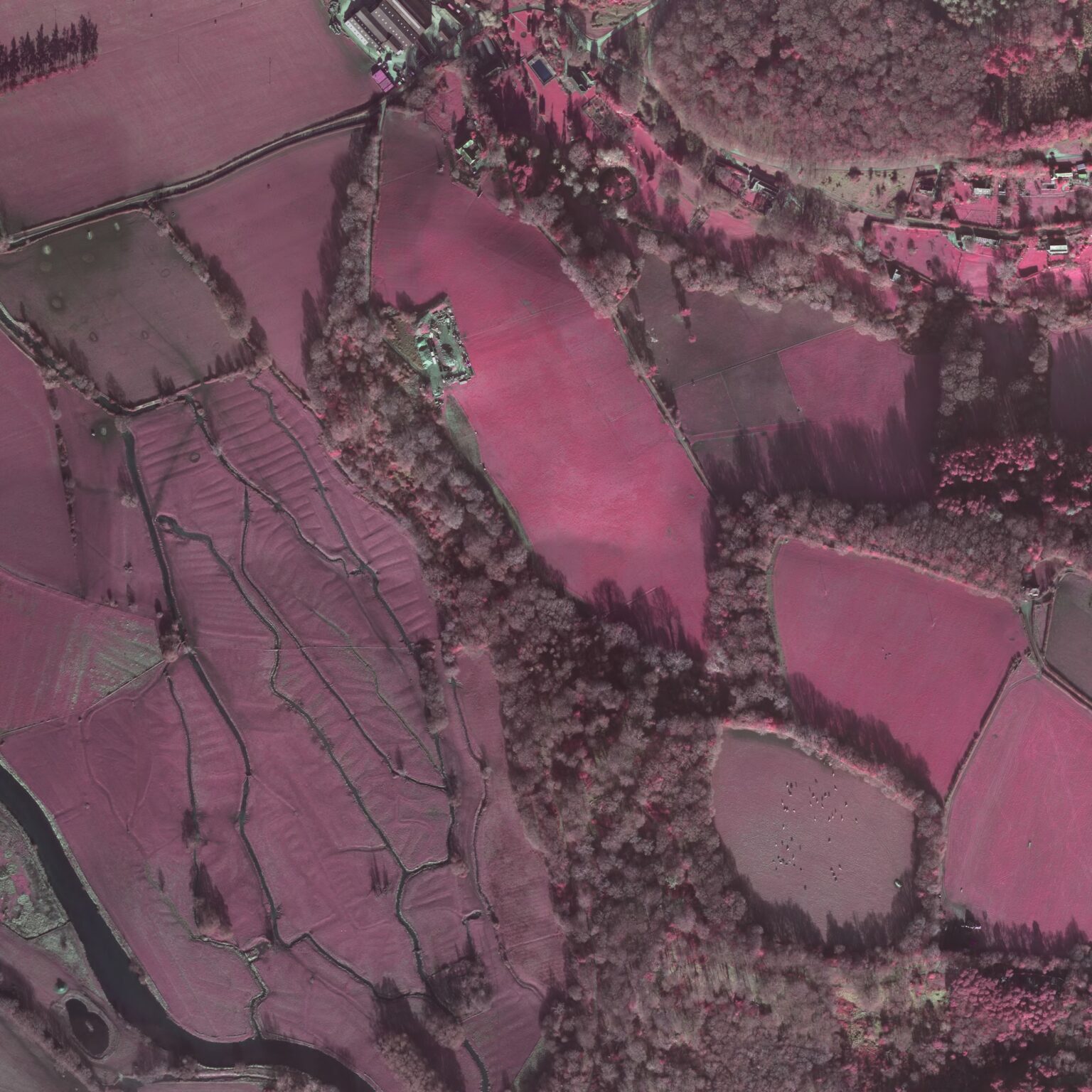Data and metadata
In many archaeological archives there is a clear difference between data and metadata (data about data). Making this distinction in dendrochronology, however, can be quite difficult. It is important to make a clear distinction firstly for the sake of clarity within this document (this is particularly necessary in Archiving file types for example) but also to assist in wider discussions surrounding data use and intellectual property.
All the information and knowledge generated by the dendrochronologist during the course of their analysis is regarded as data. The most important data are the measurement values for each ring (typically whole ring widths but it can also be a variety of other metrics). In addition the following data are essential since they are required for the interpretation of measurement series: sapwood counts; species; presence of bark, and calendar dates. Although these fields may be considered as describing the sample being analysed, they are derived during the analysis process itself and as such are regarded as data.
In contrast, metadata is typically provided by the archaeologist commissioning the analysis, or is collected by the dendrochronologist in the field at the time of sampling. Examples include: location; trench number; find number; artefact type, etc. The exceptions to this rule are associated documents such as publications, reports, photographs, etc., which are also considered metadata. Note though that these will typically also contain data.



